Dear Solkes reader, you know that we are a magazine that likes to highlight good works and the best in the world, but we also make space to talk about topics that should be history. They should have never even existed. But since they are current, we have to put them on the table.
Undoubtedly in my own handwriting, you will always see writings in favor of women, as I have already stated in previous articles. Undoubtedly, today my focus is on supporting the causes that concern all girls and women.
From my privilege
My daughter and I are, fortunately for us, from that minority that is fortunate enough to call itself free. I take care of my little girl’s childhood and I cannot imagine what countless women suffer every day just for having been born a woman.
It really breaks my heart to think that a girl my age, with her innocence, who should only think about playing, is taken by her own family (many times) and without further ado has such a sensitive and vital part of her integral development as a woman amputated.
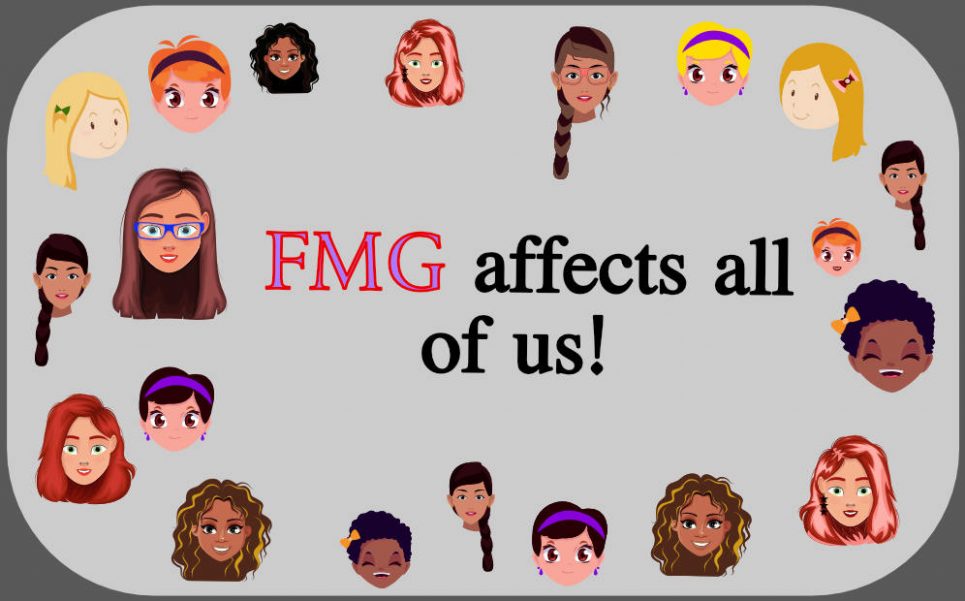
When I practice empathy for all of them, it tears my heart out. It is for them that I do not remain silent.
I urge you to do the same. Do not forget them. Don’t leave them alone. Do what you can. Share your opinion, share the articles you see, reach out to an organization, donate. It doesn’t matter how much and it doesn’t really matter when, but do it.
Raise Your Voice
I already introduced a bit of the topic of the article which is female genital mutilation. Because it is a topic that I have wanted to address for a long time and, of course, because we have a very important date to commemorate and we must raise all possible voices.
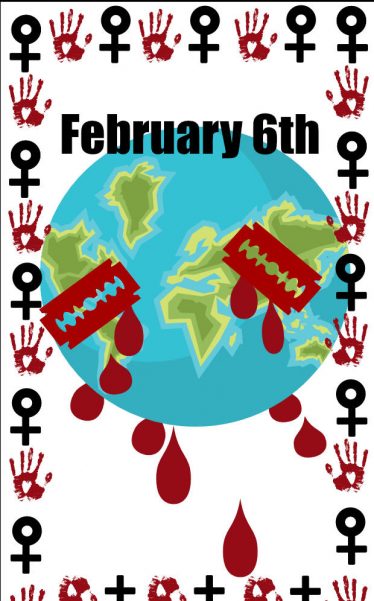
On February 6th, every year, since 2012, we try to raise awareness among the masses, among governments, among everyone. Yes, everyone. Also, those of us who are already against female genital mutilation.
Maybe, you ask yourself, if I am against it, why should I listen and read the same thing every year? Well, dear reader, because every year 4 million girls around the world are still at risk of being subjected to this type of mutilation.
Many will say, but to be at risk is not to suffer from it, well no. Those people are right. There is a fine line between all those little girls because most of them are under the age of fifteen, who were victims of an atrocious and brutal practice, and those who live in fear of being next.
Of course and there is a big line between the privileged who can enjoy disregarding it and those 4 million girls.
Don’t forget February 6, International Day of Zero Tolerance for Female Genital Mutilation.
What is female genital mutilation?
I took the following definition from the UNICEF website:
Female genital mutilation/cutting is a procedure performed on a woman or girl in order to alter or injure her genital organs without medical justification. It almost always involves partial or total removal of the external genitalia. Female genital mutilation constitutes a violation of the fundamental human rights of girls and women.
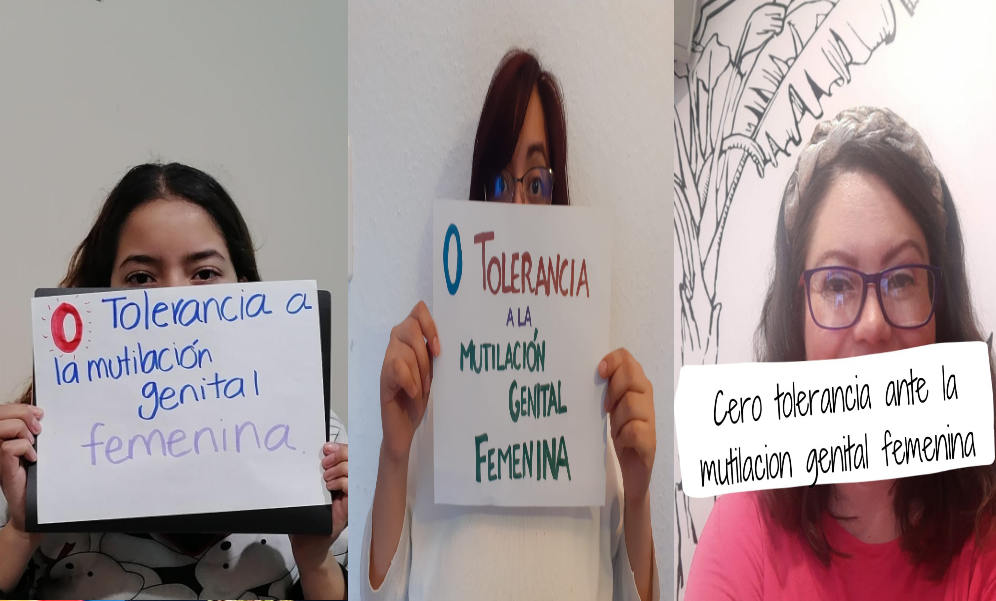
With this definition, it should be clear that it is an unnecessary practice. It is violence against the childhood of millions of girls and women. I can go on with many questions. And I will.
But first I will apologize because my approach should have been complete, I would have liked to interview an organization, but it was not possible. Some because of the language, some because of the quotes, some because the answer was “check our website”.
Certainly, in its pages, you will find the answers to the general questions. In addition to being directly on the menu of most of them, there was the possibility to make a voluntary donation, for the cause.
Then I propose to summarize the most relevant information, which is in almost all of these organizations the same. This is because they work against the same problem and many times together.
As I already mentioned, UNICEF international, the National Human Rights Commission, the United Nations Population Fund, the World Health Organization, SELMA (15 women who want to eradicate this practice, founded by Soumayya).
Why is it practiced?
My answer is that it is an aberration. But the organizations give a broader explanation, where they talk about the social acceptance in many countries where it is practiced. Even in some, it is an ingrained norm.
In others, it is a rite and in some others, it is a way to control women’s sexuality. It is a guarantee for marriage. It is part of religion, even without foundation in any book of this instance.
In my eyes, female genital mutilation has its origin in hatred towards women. No rites, ceremonies, traditions. Simply hatred. A deep hatred is present in the brutal act of taking away from these precious girls and women a piece of them, both their flesh and their being.
Female genital mutilation exists as proof of the machismo we are so fervently trying to eradicate.
This practice must be stopped. Join the cause, even if it is not practiced in your country, even if you do not know any woman affected by it.
Why is it dangerous for girls and women?
Well, because it complicates everything about women’s health. Female genital mutilation offers no benefits. It only brings with it physical and psychological consequences.
That is: suffering from intense pain to prolonged bleeding, infections, infertility, and even death. You can add that it increases the risk of HIV transmission.
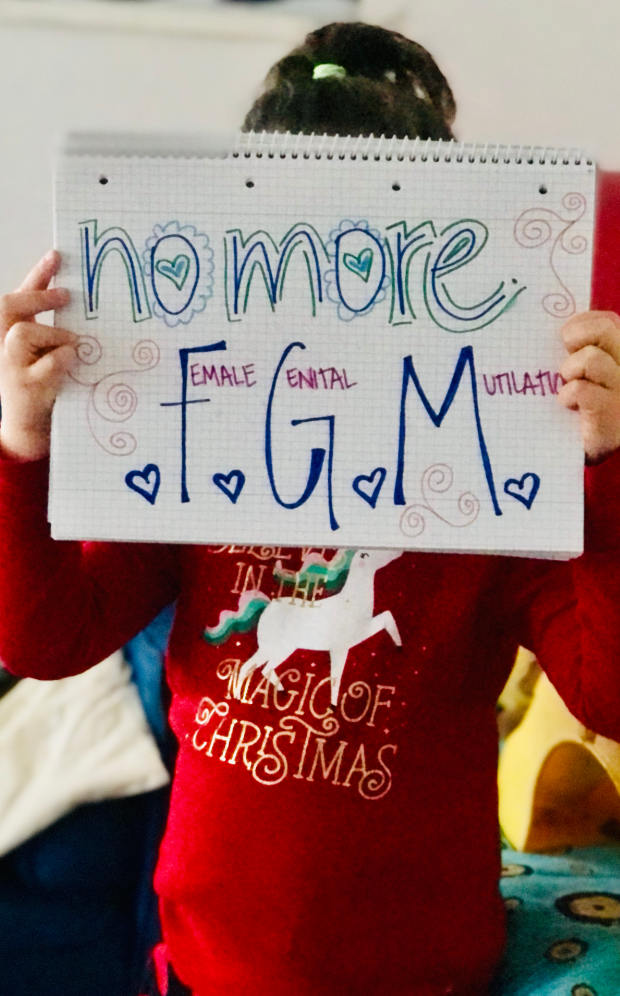
And if you were not infertile, it complicates pregnancy and childbirth: with hemorrhages, fetal deaths, or premature deaths of their newborn children.
The psyche of these girls is affected and you see the loss of trust of the girl in her caregivers, many suffer from anxiety and depression in their adult life.
I really don’t know why this question is being asked. How someone wonders if it is dangerous. Turning around, I think, they want to believe well at least it should be practiced safely, or without affecting, come on it is like cutting hair.
In this absurd comparison, I want you to analyze. It is not about well it hurts them in what heals and that’s it. No. It is not the trauma of the moment.
The point is that if a little girl of three, four, ten… years old does not die during genital mutilation she will suffer for the rest of her life. Adding that many times there are no living nerves left to make her enjoy her sexuality.
To all this, you must remember that most of them are practically sold or forced to marry and in general will suffer violence in all aspects.
What is the prevalence of female genital mutilation?
In answering this question, the organizations want to talk about statistics. However, it should be noted that the numbers are not exact. Many are afraid to testify. Many die at the time. Many must remain silent because of social pressure.
At least 200 million girls and women in 31 countries, between the ages of 15 and 49, have been subjected to this practice. For those who love numbers. It can be said that great strides have been made towards its elimination over the past 30 years.
However, progress is neither universal nor fast enough. In some countries, the practice is still as common today as it was three decades ago.
One example provided by UNICEF is as follows: More than 90% of women and girls in Guinea and Somalia are subjected to some form of genital mutilation or cutting.
Moving towards the eradication of this injustice is always good, despite the advances in many places, international organizations want to reach 2030 with the news that female genital mutilation will remain only in the history books. But even they know they need to go ten times faster in their strategy. Perhaps the support of more people is the key.
How is this practice evolving?
This sequential question to the previous one introduces us to the issue of who sets it in motion. Who is the person who takes the razor, scalpel, or knife and cuts the flesh, and then closes the wound on these little ones?
Trained health professionals are increasingly performing female genital mutilation. Yes, doctors. Not just the village weed wacker.
The numbers say that approximately 1 in 3 adolescent girls (15-19 years old) has been subjected to this practice performed by health personnel.
What the organizations are saying is, well this is not helping. It is not improving or helping the cause to make female genital mutilation medical. It does not make it safer, since healthy, normal tissue is removed and damaged. Moreover, it will continue to interfere with the girl’s or woman’s natural bodily functions.
When it is done clandestinely since it is no longer completely safe. It causes it to be performed at younger ages. And everyone is silent.
What is to be celebrated is that opposition to female genital mutilation is gaining strength. In the countries where it is performed.
It is the women themselves who are standing up. 7 out of 10 girls and women think it should be eradicated. Data that doubled over 20 years.
What is UNICEF doing to eliminate female genital mutilation?
In its plan of action, it marks the levels that it is reaching out to families, communities, and protection and care services for girls and women.
It also calls for legislation and political commitment at the local, regional, national, and international levels.
In other words, they approach little by little at each of the above-mentioned levels. It exerts pressure at the political level to create laws where it is practiced. A lot of this is raising your voice. Bringing information.

Show that the harms of staying with this practice are greater than abandoning it.
I had already told you that international organizations work hand in hand. UNICEF and the United Nations Population Fund (UNFPA) jointly lead the most important global program for the eradication of female genital mutilation.
It is through this program that they promote zero-tolerance laws and policies while collaborating with health workers to eliminate the practice. It also provides assistance to women and girls who have been subjected to FGM.
What results has UNICEF’s work achieved?
Since 2008, when the joint UNICEF/UNFPA program was established, 13 countries have passed national laws banning female genital mutilation.
The program they manage has also facilitated access to treatment, prevention, and protection services.
Outreach is one of the greatest achievements. It is thanks to this that many of us know that this practice is still alive and something must be done.
In 2018 alone, nearly 7 million people in 19 countries participated in debates, educational activities, and social mobilizations to promote the elimination of female genital mutilation.
What it tells us is that any contribution, be it a like on a social media campaign against female genital cutting, like donating to the fund. But also, reach out, talk about it, make the world force to eradicate this practice.
Conclusion
In another article, I had mentioned that, if we do not believe in big organizations, then we must each create an organization.
If we can believe in these then we must support them. Not blindly, let us demand results. Let’s not let the important issues go unaddressed.
As a mother and a woman I crumble with every testimony I read; with every woman and girl who represents a number in the statistics of female genital mutilation. Thinking about them and their lives gives me the strength to continue writing.
For the eradication of female genital mutilation let’s say: 0 tolerance to female genital mutilation!
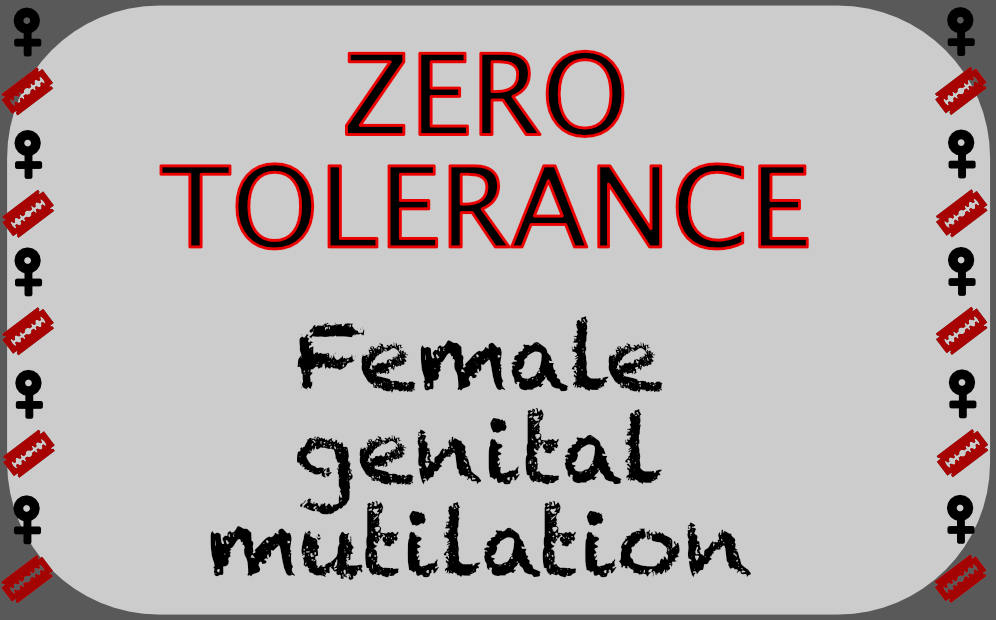
Let’s not blind ourselves, let’s look at these girls, these women, and let’s fight by their side. Let us empower them to win the fight for the eradication of female genital mutilation.
I say it this way because it is the struggle of women, but of those who live under the risk of this practice. Our role is not to remain silent, it is to support them, to make them visible, and let them command and lead them to victory in the eradication of this practice. Let it not be forgotten that winning rights is very difficult but losing them is very easy.


